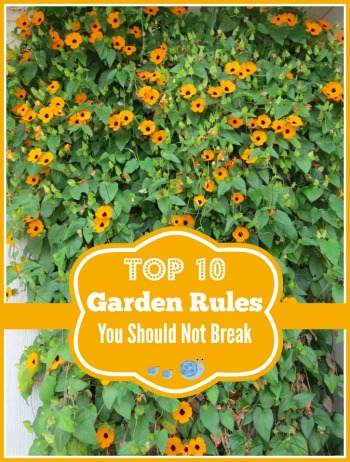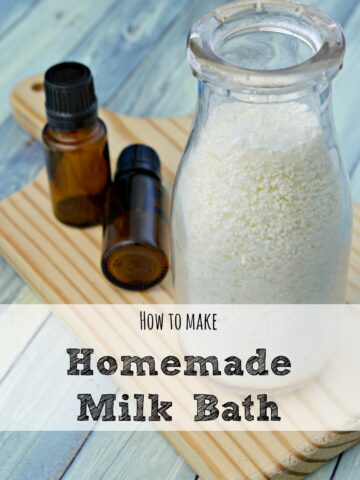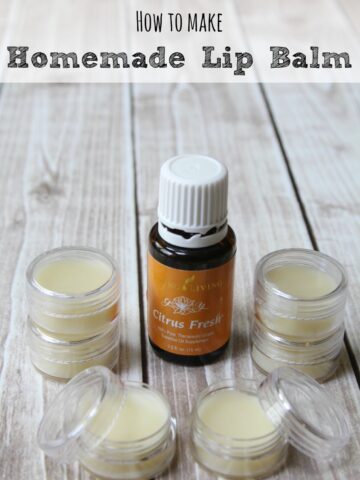
Gardening is a science and growing plants, flowers, plus fruits and vegetables is essential to our survival. In the past, gardening techniques were passed down from generation to generation. But these days, not everyone gardens and some of those rules of what you should and should not do have been forgotten.
Here is a list of the Top 10 Gardening Rules You Should Not Break.
Know Your Zone!
The USDA has a plant hardiness zone chart that you simply enter your zip code to find out what zone you are. Way too often gardeners order seeds or plants for their garden in Texas that were meant only to be planted in Oregon. What’s worse is walking into a nursery and thinking that you can plant everything that they sell. You can’t. The big box stores have many plants that have no business being grown in your area. The more you know the more plant deaths you can prevent.
Planting before all dangers of frost have past.
Know your last frost date. There is nothing worse than getting all your seedlings into the ground and then losing them to frost a couple weeks later. In the Southwest, you can start planting at the end of January but in the Northeast, you have to wait until Mother’s Day. This does not mean you can’t start seedlings indoors or in a greenhouse to get a head start.
Know your soil.
Do you have alkaline or acidic soil? Are you sitting in a clay-hardened ceviche mess or is your soil more similar to a sandy knoll? You can take a sample of your soil to any University Extension (do a Google search for the one for your state) office for a free soil sample test or test it at home with kits you can purchase online or at the gardening store.
Water long and slow.
Improper watering is the number one reason why gardens fail. Plants need to be watered long and slow so that the water can soak into the surrounding soil. When you water fast and for a short period of time, the soil does not have time to absorb the liquid, rather it just slides off and it is not retained.
Don’t use pesticides and insecticides unless absolutely necessary.
When you apply insecticides to your garden to get rid of bad bugs you are also killing off beneficial insects. If you spray your whole yard to get rid of crickets you are also killing off those species that eat the crickets. Now if your roses have aphids and there are not any ladybugs to be found, apply insecticide soap directly to the one plant’s leaves and the surrounding soil. That’s the key – if you must eradicate the pest do it to the one plant and not to the entire garden. Burn any infected leaves and stems so that the pest doesn’t jump onto the next plant.
Sunlight is needed.
Know how much sunlight each plant in your garden needs to thrive. If you have mostly shade and you are trying to grow tomatoes, you won’t have much luck. On average, most plants need 6-8 hours of sunlight per day, but there are a lot that can handle less and some that need more. Learn each of your plant’s sunlight needs.
The best fertilizers are organic.
The biggest problem with synthetic fertilizers is that if you accidentally apply too much you can burn the roots and kill the plant. If you use organic fertilizers such as compost, earthworm castings, or blood and bone meals you won’t ever harm the plant. The plant will only take up the nutrients it needs from organic fertilizers and not a drop more. It can’t do the same with synthetic. Another thing about synthetic fertilizers is that they are like crack for your plants… at first they get bigger faster and love it. Then you have to apply more and more for the same effect and that plant will never get enough.
Sterilize your equipment.
Every time you finish in the garden all of your tools need to be washed and sterilized in either vinegar or rubbing alcohol. If any of your plants have a disease, you don’t want to contaminate the whole garden. Keep your pruners sharp too so not to injure stems when making cuts.
Compost. Compost. Compost.
Start a compost pile and recycle the waste that your family produces. This compost is the absolute best thing you can add to your garden every season. If you don’t do anything else, compost.
Seed storage.
Store your seeds in a air-tight container with a lid and label it with seed variety, seed harvest date, and anything else specific to that plant. Even seeds leftover from seed packets should be transferred to air-tight sealed containers to maintain the integrity of the seed.
Do you have any gardening rules to add?





